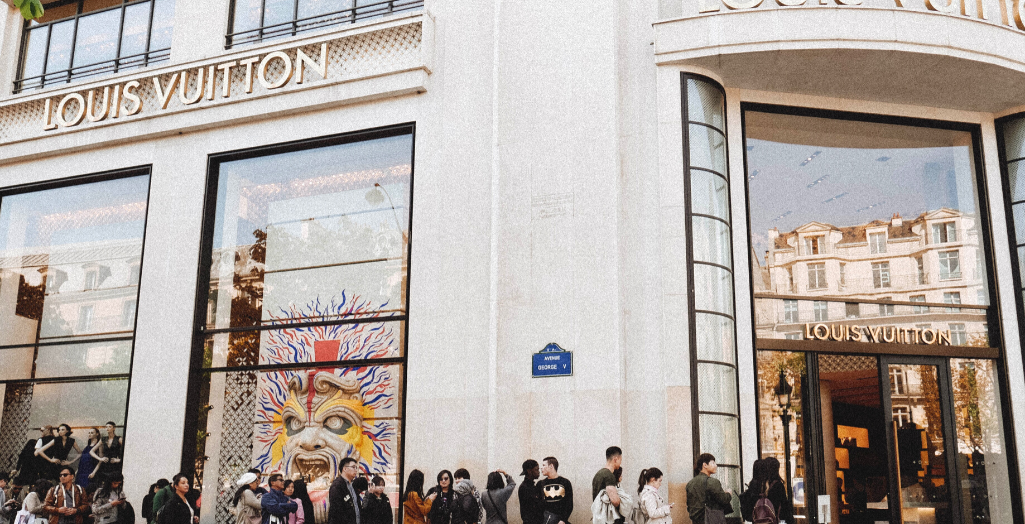Brick-and-mortar retail remains a strong source for facilitating online sales and boosting customer experience
Read how brick-and-mortar continues to an important aspect of the way brands and retailers connect and sell.

If there is one industry that keeps everyone on their toes, it’s the fast progressing and ever-changing world of retail.
Just a few decades ago, the only option shoppers had was to visit brick-and-mortar stores. With the advent of the internet and an increase in eCommerce popularity, shoppers can now find and ship products to their front doorstep in just a click of a few buttons on a smartphone.
Because of the rise in eCommerce popularity, coupled with many brands becoming more selective about where they distribute their products, it’s common for media outlets to pit eCommerce and retail stores against one another, presenting them as an either/or situation.
But, nothing could be further from the truth. Brands that are getting it right are opening more brick-and-mortar locations, all while doubling down on their eCommerce efforts.
Here is a closer look at a couple of reasons why opening a brick-and-mortar store is a winning strategy.
Brick-and-mortar stores facilitate online sales (bricks to clicks)
Recent research shows that there is an average increase in web traffic of 37% when a brand opens a new retail store. For emerging retailers, that number is a boost of 45% in website visitors.
Not to mention, opening physical stores drives up the share of web traffic within that market by an average of 27%, according to the same report.
The opposite is also true. When brands close their retail stores, it results in a drop in website traffic. The greater the proportion of closed stores in a market, the greater the loss of the share of website traffic. Specifically, apparel stores have seen a decrease of 9.5%, department stores have seen a reduction of 7.9%, and home stores a whopping 16.9% decline.
These stats clearly show that strong physical retail stores lead to more digital engagement. This is one surefire reason Gartner L2 analysts' predicted that physical stores would be part of a retail startup growth strategy. It's also why several digitally native brands plan to open 850+ physical stores over the next five years, according to just one report.
Brick-and-mortar stores provide unmatched customer experience
Have you ever ordered something online, received it, and been disappointed in the quality, fit, or fabric? To make matters worse, sometimes shipping the product back is half the price of the product itself.
I once bought what looked like a lovely pair of Rainbow flip-flops that ended up being an expensive knock-off brand that fell apart immediately.
When retailers maintain a strong physical presence, they take complete control of the customer experience, avoiding debacles like the one I experienced.
Brick-and-mortar stores allow customers:
- The ability to physically interact with an item before making a purchase (e.g., having the luxury of making sure Rainbows are indeed Rainbows before buying).
- Immediate access to customer service representatives to help with fit, product location, returns, exchanges—anything!
- The experience of shopping as a social activity with friends, spouses, or colleagues.
- To avoid shipping costs and the hassle of onlinereturns.
- The option to buy a product in the moment of need, and not have to wait for shipping.
- Physical stores provide unmatched customer experience, and digitally native brands are catching on.
Wrap Up
When it comes to winning in retail, it’s not about either eCommerce or brick-and-mortar stores. Strategic retail means providing more options to customers—options that work together to support eCommerce and drive customer experience.
For more information about how to drive the right retail experiences, check out NuORDER today.
Related articles
Get on the list
Wholesale tips and industry news you can’t miss, delivered weekly
